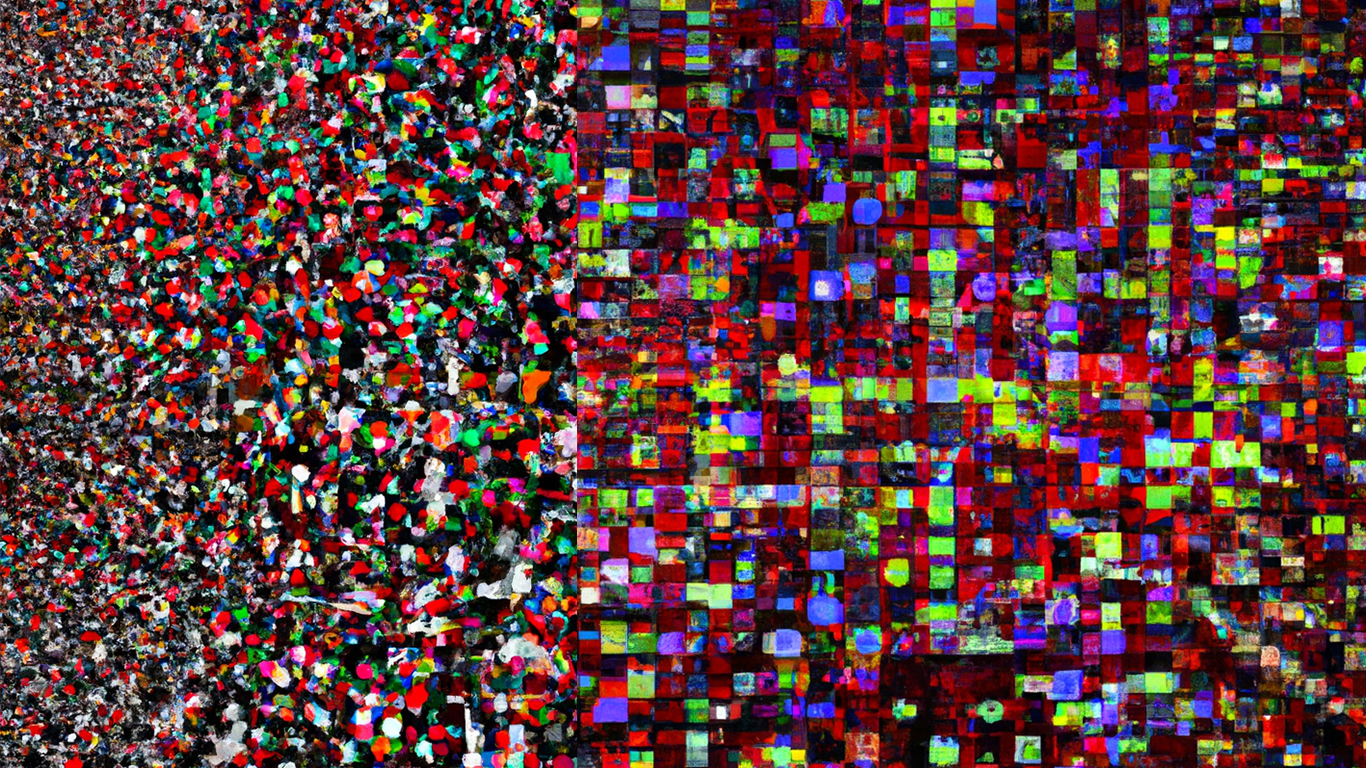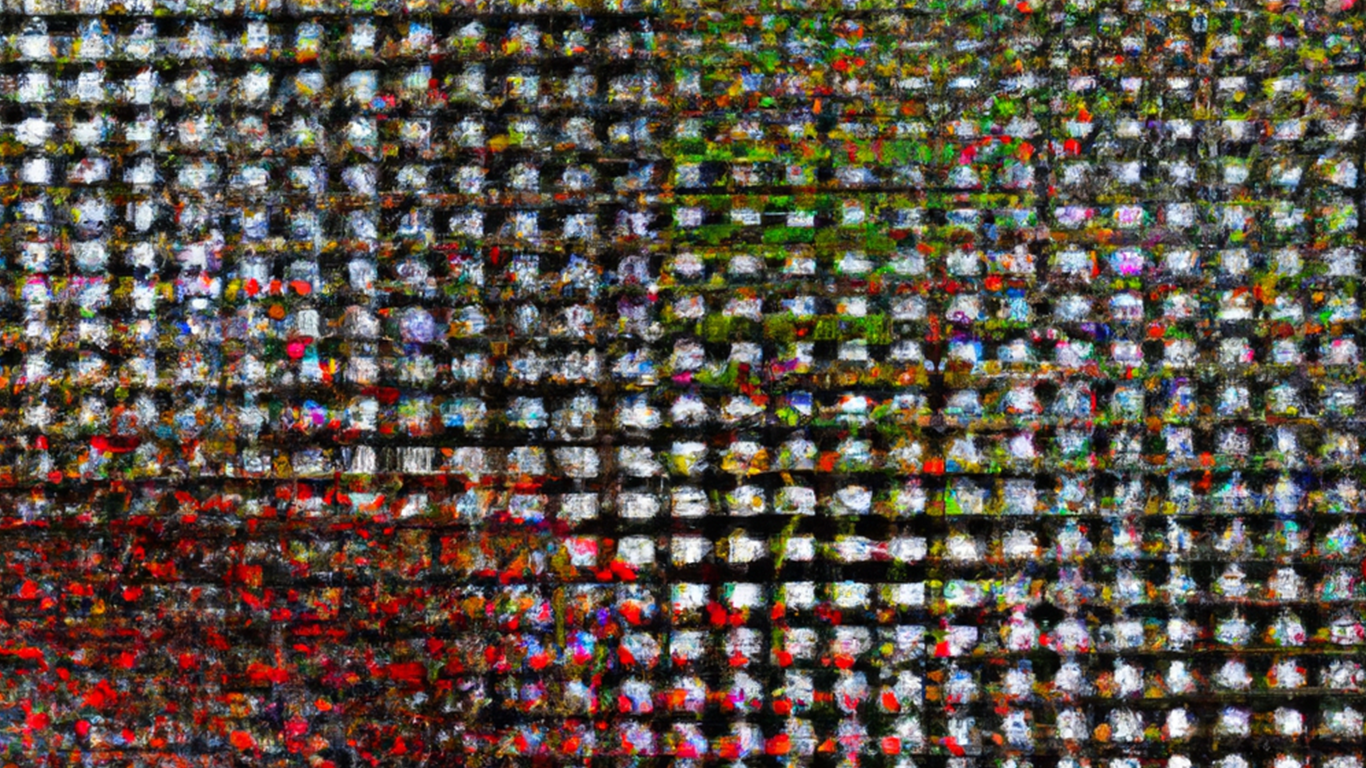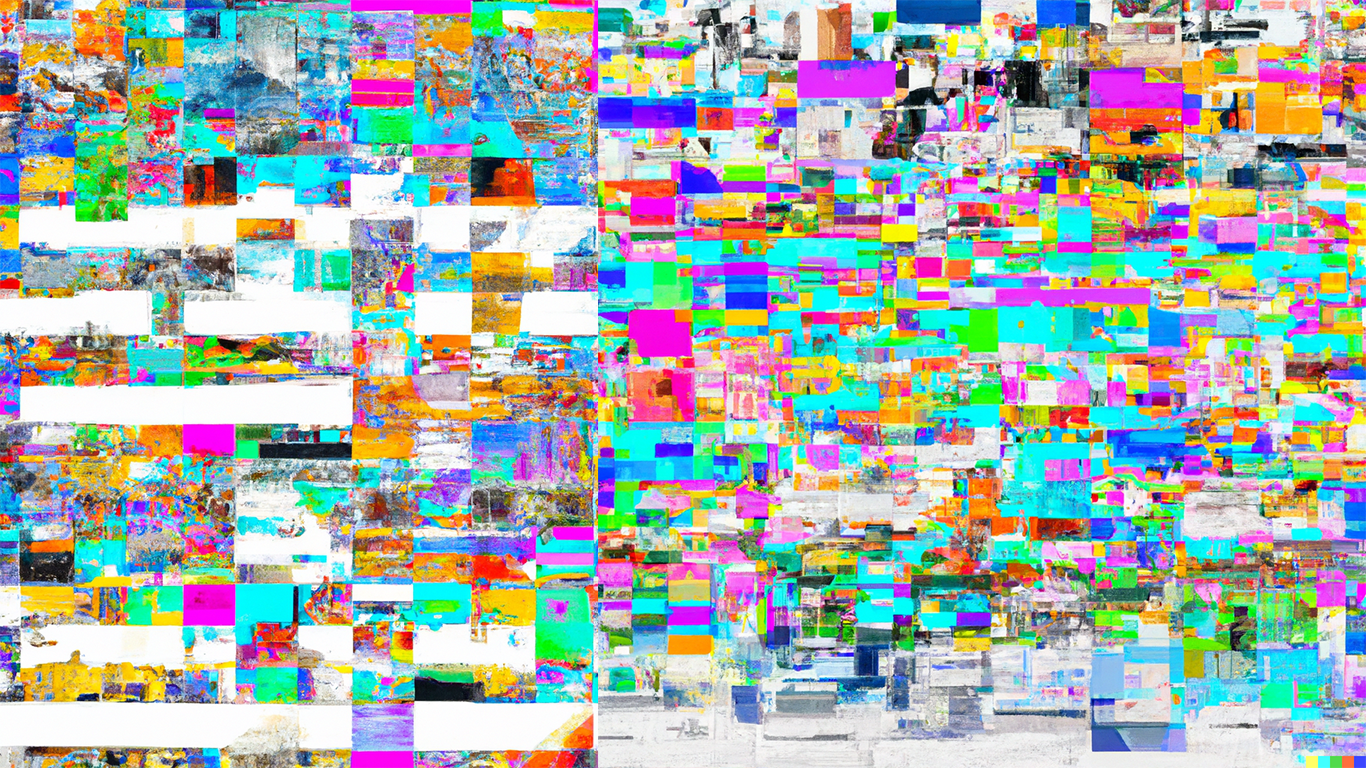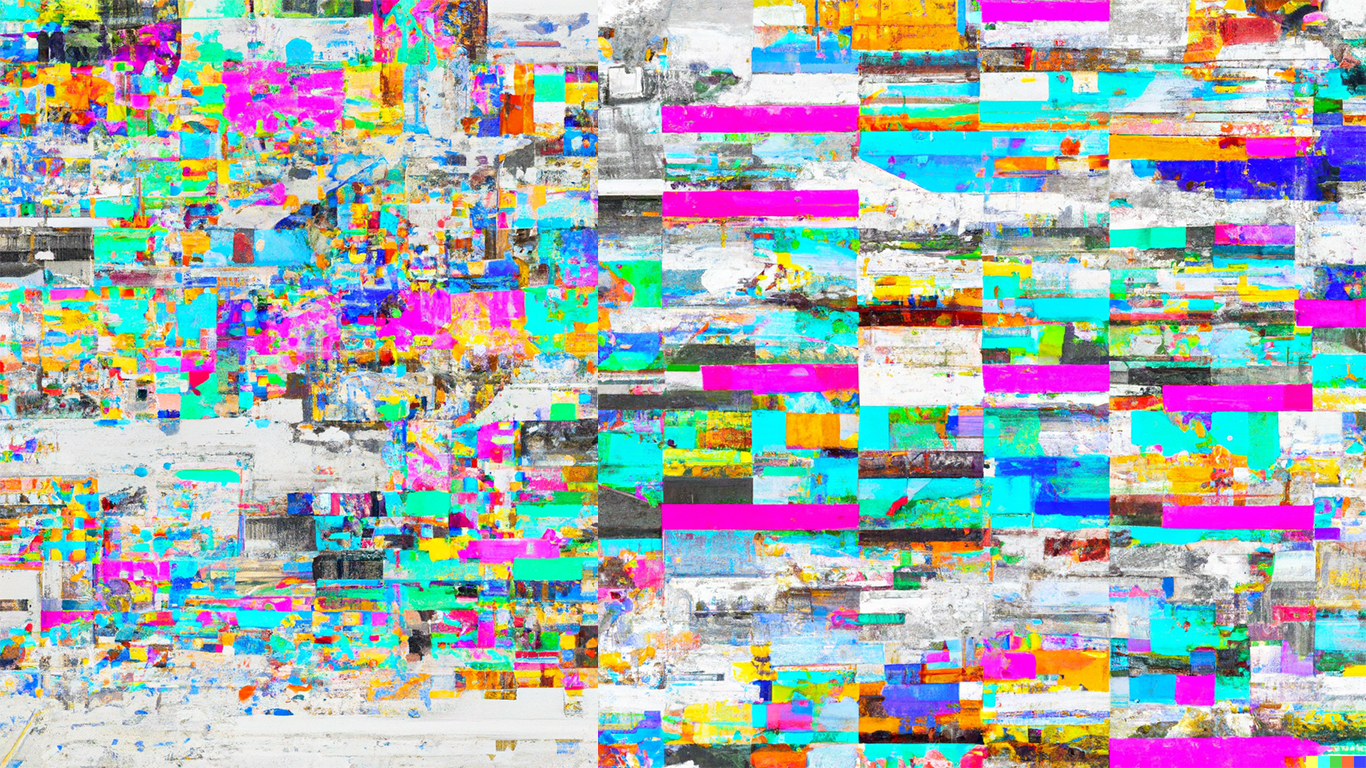


"Unsupervised" exemplifies Anadol's exploration of machine intelligence and its integration into contemporary art.
The installation harnesses the power of AI algorithms to process vast amounts of data and create visually captivating representations. By utilizing generative algorithms, Anadol challenges our understanding of authorship and the role of the artist in the creative process.
For example, in "Unsupervised," Anadol feeds large volumes of archival data into artificial neural networks, which learn from and analyze the data to generate visual patterns and narratives. These generated visuals are then projected onto a physical space, creating an immersive environment where viewers are confronted with the convergence of the virtual and physical realms. By employing machine intelligence as a creative collaborator, Anadol disrupts traditional notions of artistic authorship, prompting viewers to question the role of the artist as the sole creator and explore the possibilities of co-creation with intelligent machines.
The artwork's ability to generate organic textures and fluid forms blurs the lines between the real and the virtual, compelling viewers to question their perception of reality. The dynamic and ever-evolving visuals in "Unsupervised" challenge the static nature of traditional art forms, immersing viewers in a constantly shifting experience that mirrors the fleeting and transient nature of digital existence. This prompts a reevaluation of the permanence and impermanence of artistic expression in the digital age, as well as the malleability of our own perceptions and experiences.
The location of Refik Anadol's "Unsupervised" at the entrance of MoMA holds significant signification for multiple reasons:
The location of Refik Anadol's "Unsupervised" at the entrance of MoMA holds significant signification for multiple reasons:
Historical Reference to a Shared Human Experience: Visitors are immediately confronted with the juxtaposition of traditional art spaces and contemporary technological advancements by placing the artwork at the entrance.
Site-Specificity: The fact that the artwork is positioned at the entrance of MoMA makes it site-specific. This means that the piece is tailored specifically for that location, and it considers the physical and conceptual context of the museum's entrance. Site-specific artworks often interact with their surroundings and engage with the architecture and themes of the space they occupy. In this case, the positioning of "Unsupervised" at the entrance could have been intentionally chosen to set the tone for visitors' experiences and create a particular atmosphere as they embark on their journey through the museum.
Altered Nature of Artists' Creativity and Authorship: "Unsupervised" is created using machine intelligence and data-driven processes, blurring the boundaries between traditional artistic authorship and the involvement of algorithms and technology in the creative process. Placing such artwork at the entrance of MoMA emphasizes the museum's recognition of the evolving nature of art and the role of technology in contemporary artistic expression. It challenges conventional notions of authorship and creativity, highlighting the impact of machine intelligence on artistic practices.
Symbolic Hegemony of MoMA: As one of the most prestigious and influential museums in the contemporary art world, MoMA wields significant symbolic hegemony. By showcasing "Unsupervised" at its entrance, the museum communicates a message about its embrace of innovation and its willingness to engage with the latest technological developments in the art world. The artwork's presence in this prominent location reinforces the museum's position as a cultural authority, shaping the narrative of contemporary art and influencing how visitors perceive and understand artistic practices in the digital age.
Viewer Input Possibility: The Microsoft Kinect, a motion-sensing input device, has been used in various interactive art projects and installations due to its ability to capture depth and human movement data; however, I do not believe it was used in this work.
Refik Anadol's "Unsupervised" location at the entrance of MoMA carries multiple layers of signification. It connects historical references to human experiences with technology, demonstrates site-specificity within the museum's architecture and themes, challenges traditional ideas of artistic authorship, and underscores MoMA's symbolic hegemony as a leading institution in the contemporary art world. The placement of this artwork at the museum's entrance serves as a powerful statement about the intersection of art, technology, and the evolving nature of creativity in the contemporary era.
AI-Generated art "Unexpected"
Prompts included: Refik Anadol, MoMA, 200 years of art, generative art
The AI resource did not create original quality art and was primarily a collection of abstract random low resolution images. While the results were disappointing, I'm hopeful for better results as the technology and data input improves in the future.

The compositions were generated from content collected from the internet and did not create a new original work of art.
All of the compositions are abstractions of existing work. Unpredictable random compositions resulted in unexpected outcomes that could not be replicated.
The quality of the art generated by DALL•E2 was not great. Images lacked human directed composition. The image resolution was poor. Pixels were visible on screen, the image size would not be acceptable for print applications.

Refik Anadol's "Unsupervised" installation at MoMA presents an immersive exploration of machine intelligence and its significance in contemporary art. By embracing AI as a creative collaborator, Anadol challenges traditional artistic practices and raises profound questions about human-machine interaction, authorship, and the nature of reality.
Moving forward, we can delve deeper into the ethical considerations surrounding the use of AI in art creation. How can we ensure the responsible and ethical deployment of machine intelligence in artistic endeavors? Additionally, what implications does the integration of AI have on the definition and appreciation of art in a rapidly evolving technological landscape?
Exploring the motivations, intentions, and artistic processes behind Anadol's "Unsupervised" installation not only enriches our understanding of the artwork itself but also deepens our engagement with the broader issues at the intersection of technology, art, and human perception.


Poem generated by Google Bard
The year is 2023,
And new media art is king.
From digital paintings to interactive installations,
There is something for everyone to enjoy.
Artists are using new technologies to create
Incredible works of art that are both visually stunning
And thought-provoking.
In the past, art was something that was
Static and unchanging.
But now, with new media art,
Art is alive and changing all the time.
It is a reflection of our changing world,
And it is a way for us to explore new ideas
And new ways of thinking.
So next time you are looking for something to do,
I encourage you to check out some new media art.
You won't be disappointed.